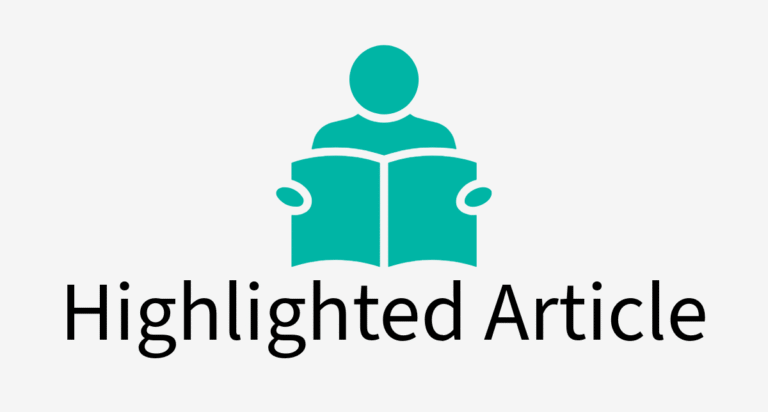Blog
Vital Blog
Si quieres dedicarte a la traducción médica y farmacéutica, debes evitar estos tres errores, ya que pueden costarle muy caro a tus clientes y, por supuesto, a ti. Afortunadamente, se
Each type of text has its unique complexities, but scientific texts in the medical and pharmaceutical fields have intricate characteristics that translators have to fully grasp to properly approach...
Gen AI was created and is being trained to try to simulate the complex human brain. It offers lots of productivity benefits for individuals and organisations, and...
When it comes to translating medical content, being proficient in the languages involved, having translation skills and having translated some medical documents in the past...
Highlighted Articles
Sea como fuere, y pese a quien pese, lo cierto es que el nombre oficial de la especialidad sigue siendo hoy en España ‘anatomía patológica’.
- Medical Translation
Make your food work for your blood glucose: Understanding carbs, Reading food labels and Planning ahead
- Patients
The key benefits of POCT stem from its ability to provide rapid test results, enable faster clinical decision-making, and reduce overall care costs for both patients and providers.
- Patients
Along the patient journey of hypertension management, shared decision-making, patient education and promotion of self-monitoring may prevent nonadherence.
- Patients
The goal of translational medicine is to translate research into clinical practice to advance healthcare, a process enabled by multidisciplinary collaboration between the laboratory and clinical teams.
- Community
Reducing the cost of diabetes is essential to improving the lives of all people with diabetes.
- Community
Clinical laboratories are instrumental in carrying out health research, providing vital information about disease trends and risk factors, and assessing the effectiveness of public health interventions.
- Community
Eleven medicines, covering key areas such as gene therapy, as well as drugs for obesity and oncology, are anticipated to be therapeutic game-changers globally within five years to 2030.
- Promotion

